Do you want to attract birds in the winter to your homestead landscape? Do you enjoy their sweet sounds and would like to have more feathered friends come to visit? Birds make the garden magically come alive with beauty, color, music, and motion.
Read on to learn more about foods that will attract specific birds to the homestead, tips on how to deter unwelcome guests such as squirrels, raccoons, or bears, and practical tips for identifying birds.
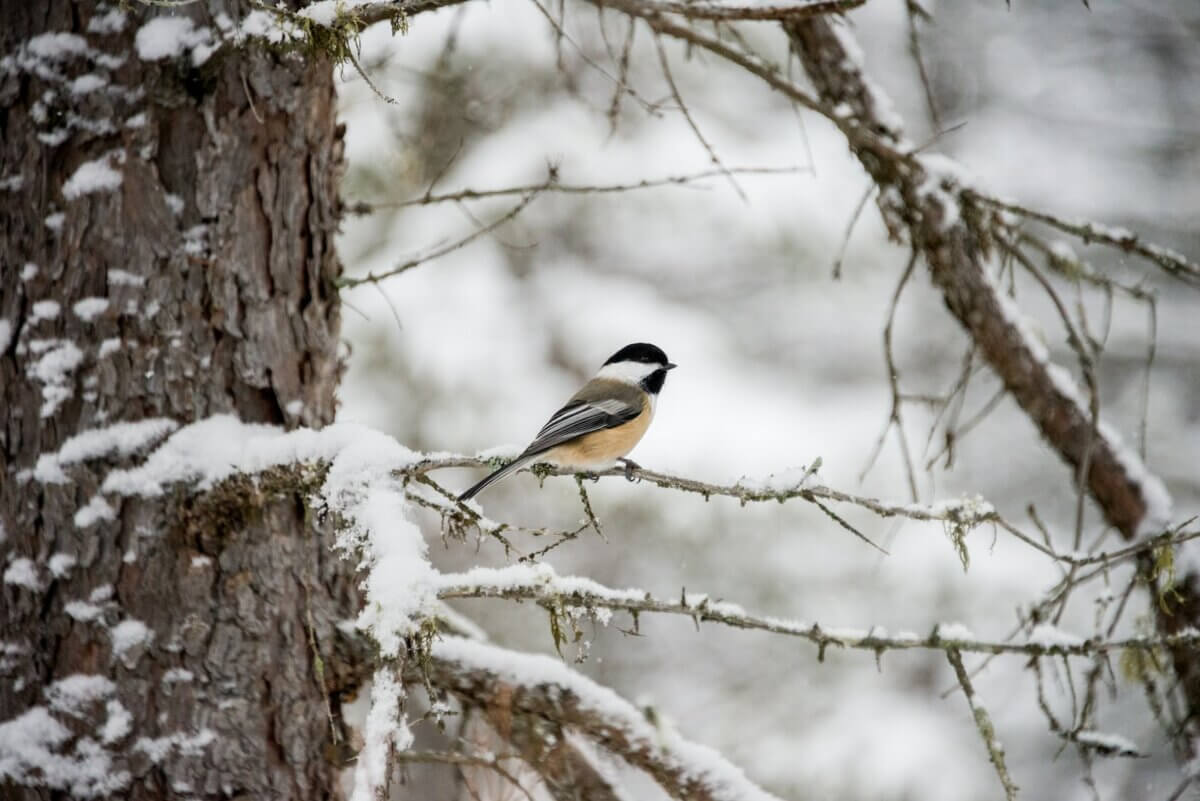
A lot of people believe that all birds fly south for the winter. Wrong! You might be surprised to discover how many birds live in your area all year-round. Birds migrating in winter, flown in from yet another destination further north, may also rest and forage on their journey south.
During the bitter months of winter while we sit warmly indoors around the fireplace, the unrelenting cold weather and the fact that the land is barren, makes survival a difficult task for many birds. Fresh, non-frozen water may be in short supply. In fact, millions of birds die every year from starvation and exposure to unbearable cold temperatures.
In the challenging months of winter, the days are short, the nights cold, the majority of insects are dormant or dead, and much of nature’s bounty is already consumed or hidden under drifts of snow.
Many birds are forced to change eating habits, seeking reliable sources of insects and plant material to supplement their cold-weather diets. Winter is also the time birds flock together for protection from predators. Flocks of birds are better at finding food than singular birds or small bands of birds.
Birds, like every living creature, require water, food, and shelter to sustain life. Whether you live in a rural setting or a city subdivision, there’s a lot you can offer to help birds survive the ice and snow while encouraging them to linger around your homestead. Check out these 10 steps you can take to attract birds to your homestead.
1. Clean Your Bird Houses
During inclement weather, if an area lacks adequate sheltering evergreens, brush, and shrubbery, birds will seek shelter in man-made habitats. Make sure your birdhouses are ready for winter guests.
In the fall, give your birdhouses and nest boxes a thorough scrubbing. Leave your birdhouses up through the winter so that birds seeking shelter can escape winter winds. When cleaning, remove all debris and old nesting materials.
To prevent disease and to make them fresh and inviting, after emptying the nest, rinse, then wipe down or spray surfaces with a solution of a half-cup of household bleach to one quart of hot water.
2. Allow Leaves And Grasses To Remain In The Garden Beds
Leaves, annual plantings, and grass clippings decompose, providing nutrient-rich organic matter for the garden while providing a home for worms and insects that provide food for migrating birds.
The tiny insects, larva, and eggs found in the leaves and grass will help to sustain hungry birds during the winter.
3. Add Native Plants With Edible Fruit
Attract winter birds to your backyard by providing native plants with edible nuts, fruits, berries, or seeds. Plant perennial plants and herbs that produce seed heads. This will supply food that the birds can consume throughout the winter.
Mulberries, serviceberry, crabapples, chokecherries, and Virginia creeper are but a few of the many different plants that provide winter food for the birds.
Migrating birds, hesitant to stop at unfamiliar feeders, will flock to known natural food-bearing plants. Bayberry, American cranberry, holly, juniper and mountain ash are all options that flourish in United States Plant Hardiness Zones 3 through 8. Not only are they attractive landscape elements, but they also serve as shelter and as a food source for birds and a diverse array of wildlife.
If in doubt when selecting native plants to introduce into the homestead landscape, contact your local county extension agent for a list of suitable plants for your purpose.
4. Provide Dense Growth Foliage
Birds seek a sheltered spot protected from the wind and rain. Boughs of evergreen shrubs and trees provide dense, protective foliage. Tree sparrows, chickadees, and juncos often seek shelter on the ground under the sheltering branches.
Migrating flocks of birds especially appreciate a dense cluster of evergreens. Boxwood, blue spruce, holly, and arborvitae are also excellent landscaping choices.
5. Place Bird Feeders In Your Yard
Refill bird feeders daily, making sure seed is fresh and dry. Visit with the knowledgeable folks at your local home and garden supply to select the types of feeders that are best suited to your area. Be sure to place feeders in locations protected from feral cats and other predators.
Position bird feeders far enough apart to discourage crowding or aggressive behavior amongst migratory birds.
6. Offer Nutrient-Rich Food
Winter seed foods such as hulled peanuts, white proso millet seed, thistle seed, black oil sunflower seeds, striped safflower seeds, sorghum, milo, rapeseed, flax, canary seed, red or golden millet seed and cracked corn appeal to a diverse array of birds. Doves, finches, quail, and juncos quickly devour rapeseed in particular.
Safflower seeds are a favorite food of doves, chickadees, cardinals, and grosbeaks. Both safflower and striped sunflower seeds have thick, sturdy shells that are difficult to crack. Swallows and other small birds are unable to dine on un-cracked sunflower or safflower seeds.
Tiny and tasty, Nyier seed, also known as black thistle seed, attracts several varieties of small finches including common redpolls, pine siskins, indigo buntings, lesser goldfinches, and the American finch.
If you are unfamiliar with the different variety of birds that winter in your region, contact your local county extension field office for information on local migratory flight patterns and the food preferences of the birds that live in or visit your area.
If you’re not sure what kinds of seeds to feed the birds that stop by your homestead, feed them shiny black oil sunflower seed. Thin-shelled and easy to crack, nutrient-rich black oil sunflower seeds have a high-fat content.
Subsidize seed feeders with offerings of suet or peanut butter. Birds, such as woodpeckers that typically dine on worms, grubs, and insects, are mainly drawn to peanut butter and suet feeders.
Feeding More Than Birds
Both shelled (cracked) corn and peanuts, while extremely popular with crows, wild turkeys, woodpeckers, chickadees, titmice, and jays, also attract other wildlife including squirrels, bears, and raccoons.
If you don’t mind feeding all of nature’s creatures, don’t worry about it. However, biologists advise against subsidizing bears, raccoons, possums, squirrels, and wandering rodents, so it’s best to use feeders that deter unwelcome guests.
When purchasing bird seed online or from local home and garden centers, read the packaging information and avoid the brands with a high percentage of millet, flax, or sorghum. Look out for an abundance of little red seeds in prepackaged mixes.
Used as an inexpensive filler in discount brand mixes, these particular seeds, while savored by a few birds such as titmice and nuthatches, are avoided by most birds and will go to waste scattered on the ground or moldy in the bottom of the feeder.
7. Feed Frequently
Maintain a consistent supply of food at all feeders. However, do not overfill. It is best to provide only an amount that is consumed in a day as to avoid attracting unwanted pests.
Also, seeds in the bottom of feeder trap moisture and seeds can develop toxins, bacteria, and mold. Keep feeders clean and free from seed hulls and windblown debris.
8. Be Consistent
Once winter birds find your feeders, they become dependent on your generosity. In severe weather, the nutritious food you provided may mean their very survival. Should you be away from home for an extended time, be sure to ask a helpful friend or neighbor to tend your bird feeders.
9. Provide Plenty Of Water
Birds require lots of water, and it is often difficult for them to find a place to drink when puddles and ponds are frozen solid. A heated birdbath will provide a source of drinking water and attract more birds to your homestead environment.
10. Watch Out For Bird Feeder Pests
Be sure to hang bird feeders in a cat-proof location. When positioning bird feeders, keep in mind that cats, squirrels, chipmunks, and other unwanted guests can leap down from above or jump several feet horizontally into your bird feeder. It is best to locate feeders a minimum of 12 feet away from jumping off points. Feeders situated on poles should be positioned at least 4 feet above the ground.
Never coat support poles with lubricant, oil, glycerin, or any grease in an attempt to keep critters from climbing the pole and feasting on the food intended for the birds. The lubricant you use may contain toxins harmful to the wildlife.
The oil can also mat feathers and fur, causing them to lose their protective insulating qualities, which can cause the animal to die due to exposure to freezing temperatures.
Avoid bird seed treated with red pepper or capsaicin meant to ward off bird feeder pests. To feed this type of seed is inhumane. Squirrels, chipmunks, and other wildlife visitors to the feeder will end up with pepper dust in their eyes and lungs while searching for untreated seed. Exposure to pepper dust is extremely painful, burning the animal’s eyes, lungs, and footpads.
References
- Ten Simple Tips for Successful Winter Bird Feeding, National Wildlife Federation
- Feeding Birds, The Cornell Lab
- Tips For Better Winter Bird Feeding, Iowa Department of Natural Resources


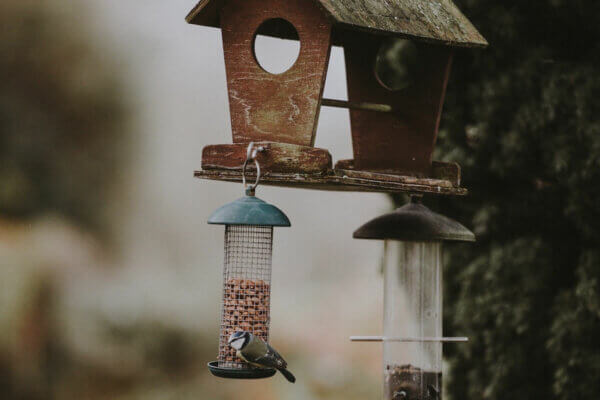
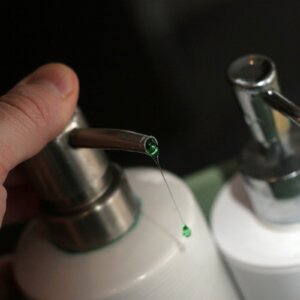
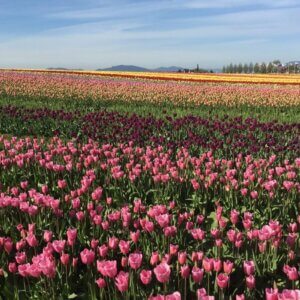
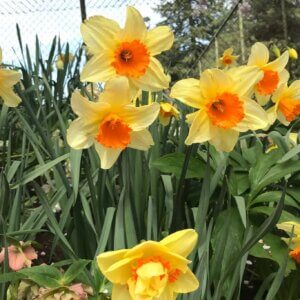
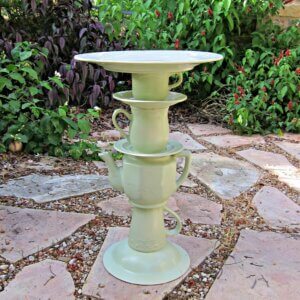
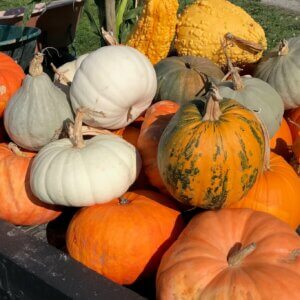
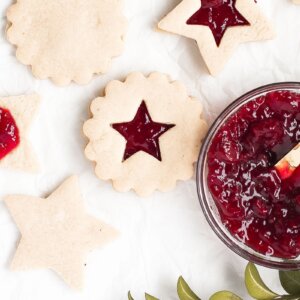
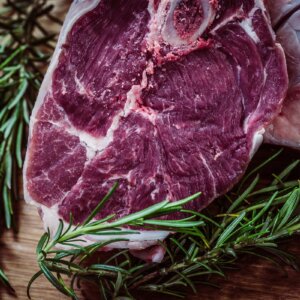

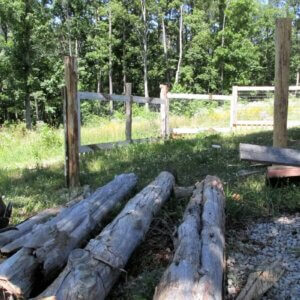
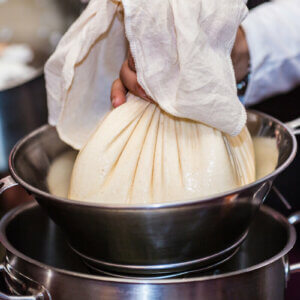
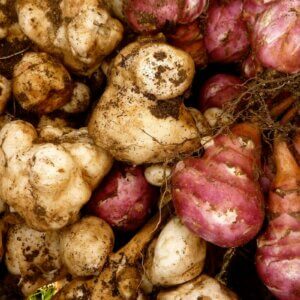


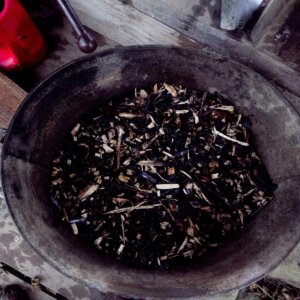
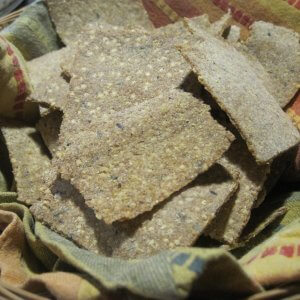


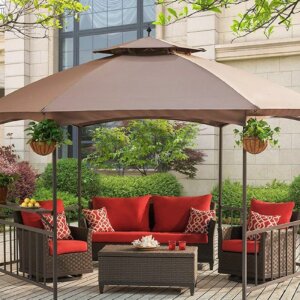



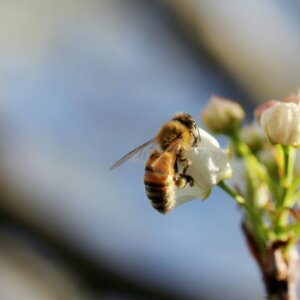
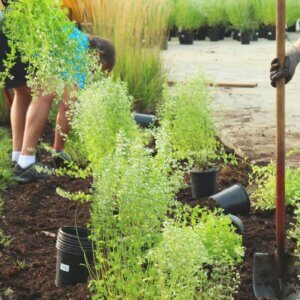
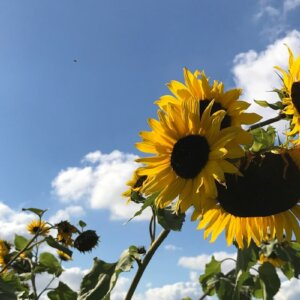

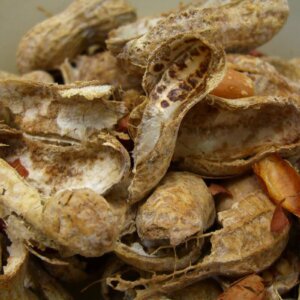
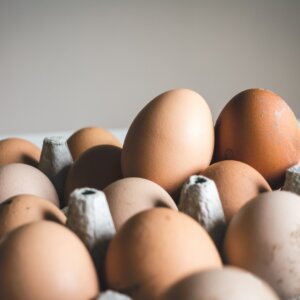
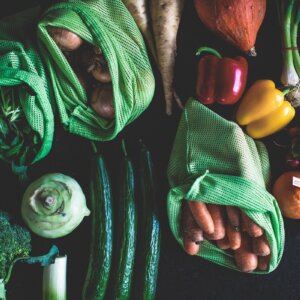

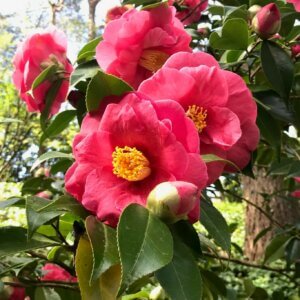

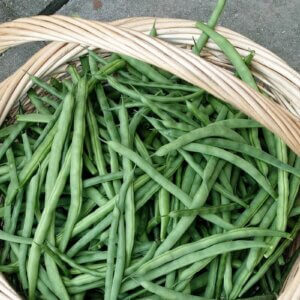
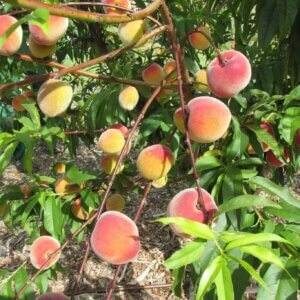
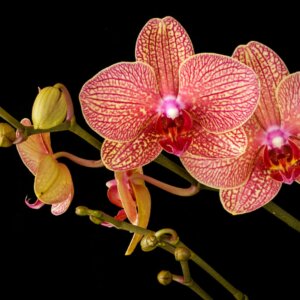
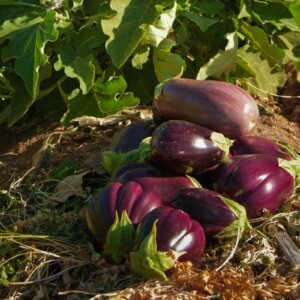
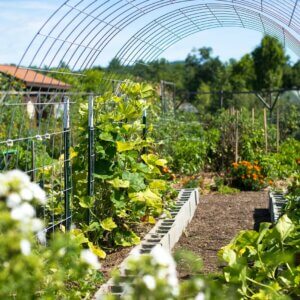
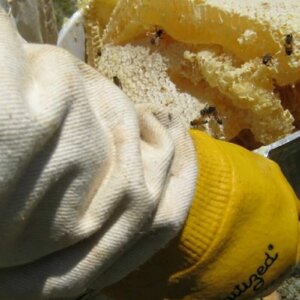

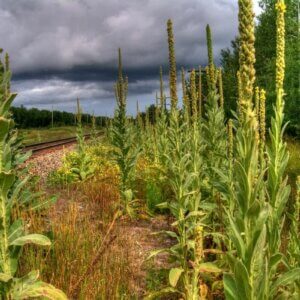
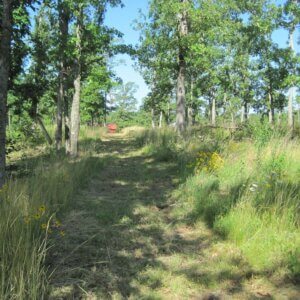
Great information. ThankYou?
Thanks Maria! Enjoy the recipe! Mimi x